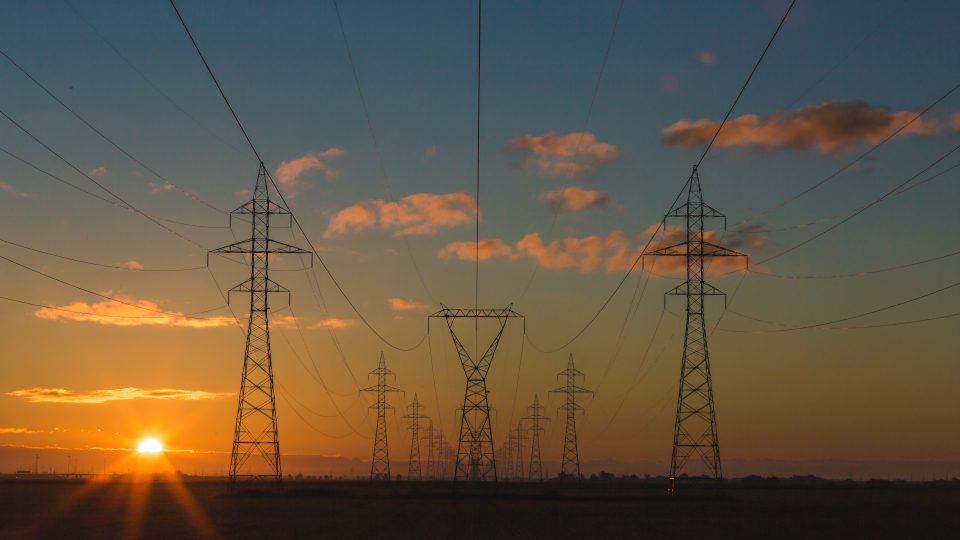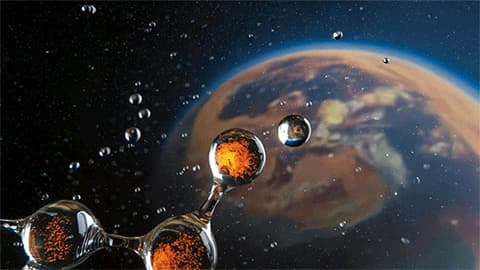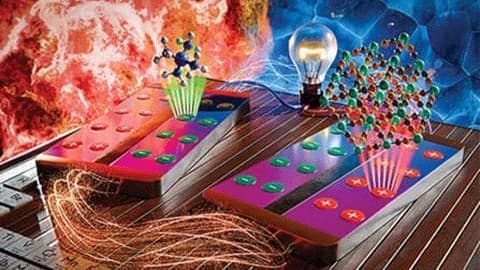Networks and Systems

CREST's Networks and Systems Research Group conducts research on the integration of renewable and low-carbon technologies into energy networks, in pursuit of substantial reductions of C02 emissions over the next few decades. On the supply side, we consider the challenges of intermittent sources, including wind, solar, tidal and wave power, and place these in the in context of future supply-side scenarios, including inflexible sources such as nuclear and CCS (carbon capture and storage). On the demand side, we look at the electrification of transport (with electric vehicles) and heating (including heat pumps), and set these in the context of future demand service-level-expectation scenarios. We are especially interested, not just in meeting predicted demands, but in the development of demand response to enable the shaping of demand with respect to time, so as to make best use of intermittent renewables while maintaining industrial productivity and social wellbeing. Alongside this, we study the role of energy storage, particularly with regard to its duty cycle and value to the wider energy system. The potential interplay of energy storage with demand response requires this holistic investigation.
Regarding networks, our focus is on LV networks, which are the "low voltage" 400 V and 230 V networks (mainly underground) that connect to individual homes and other buildings. Our aim is that these networks do not become an unnecessary bottleneck in the deployment of low-carbon technologies, particularly photovoltaics, electric vehicles and heat pumps. To this end, we are developing detailed analysis techniques that can provide accurate assessment of network headroom and pinch-points and so provide a reliable view of what can be installed where and how best to target any required network reinforcement.
Use the links below to find out more or contact the group leader Dr Murray Thomson
Grid balancing
The challenge of matching intermittent renewables and indeed of other inflexible generation technologies with the timing of demand.
Demand response
Demand Response is all about the timing of energy demand, and should not be confused with demand reduction, although the two do overlap in practice.
Energy storage
Energy storage is expected to play an important role in a low-carbon future. At a national level, energy storage could be used to balance out mismatches between supply and demand.
Low-voltage networks
The introduction of photovoltaics, electric vehicles and heat pumps has major implications for the operation of low-voltage (LV) networks: the 400 V three-phase and 230 V single-phase circuits that connect to individual homes and other buildings.
High-resolution demand modelling
Evaluating the impact of low-carbon technologies on low-voltage distribution networks requires the detailed simulation of domestic electricity demand at high-resolution.

